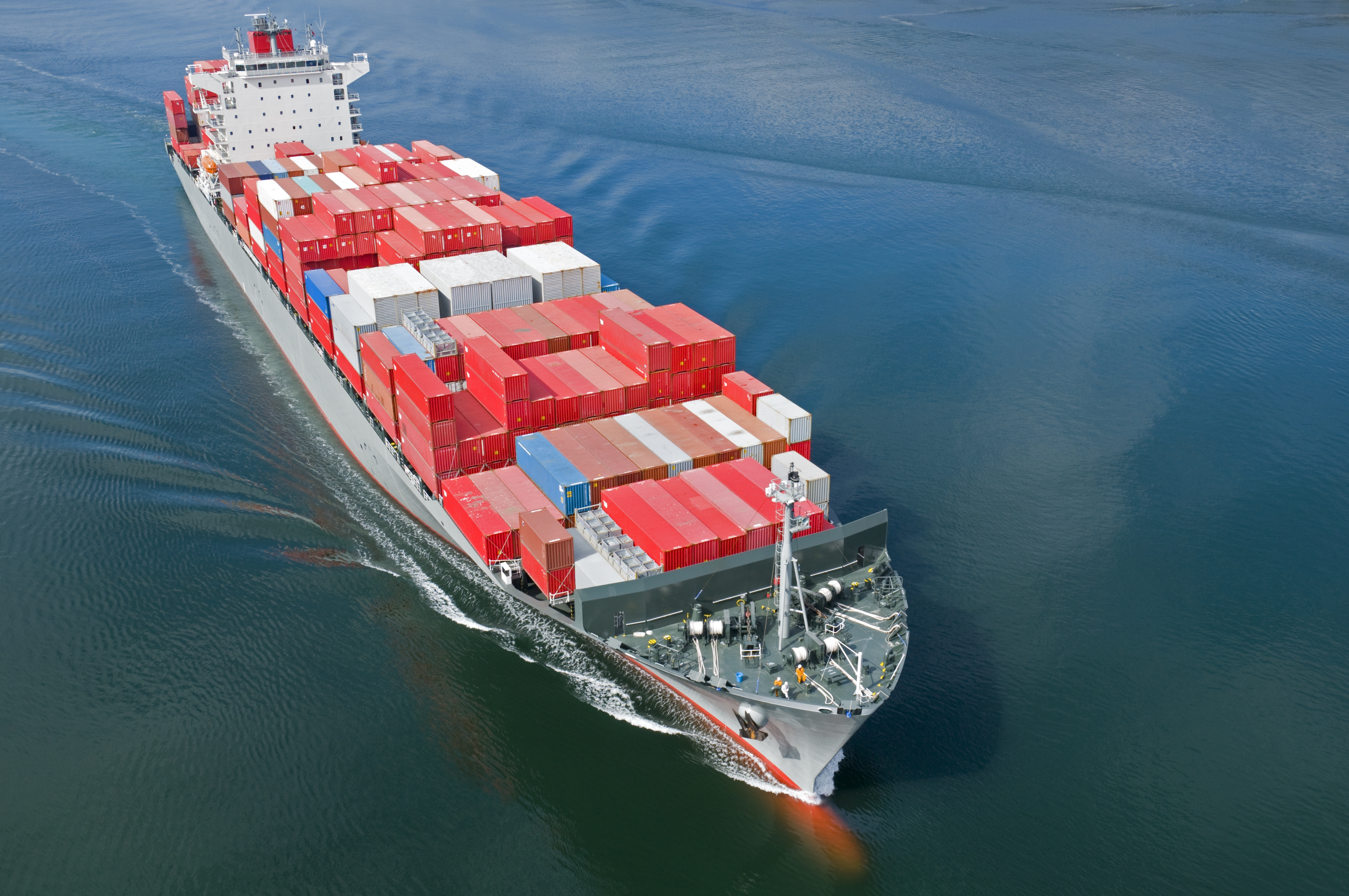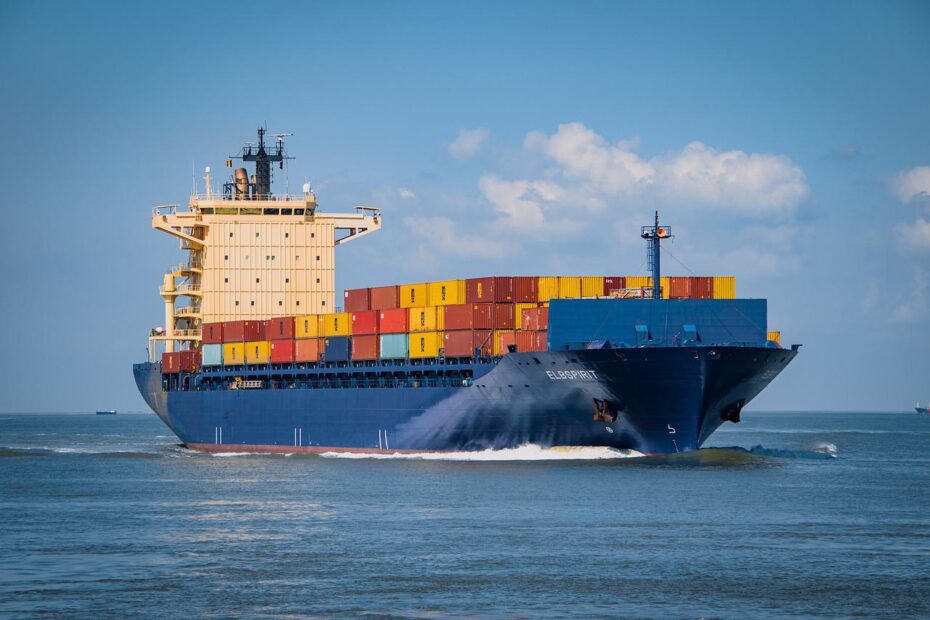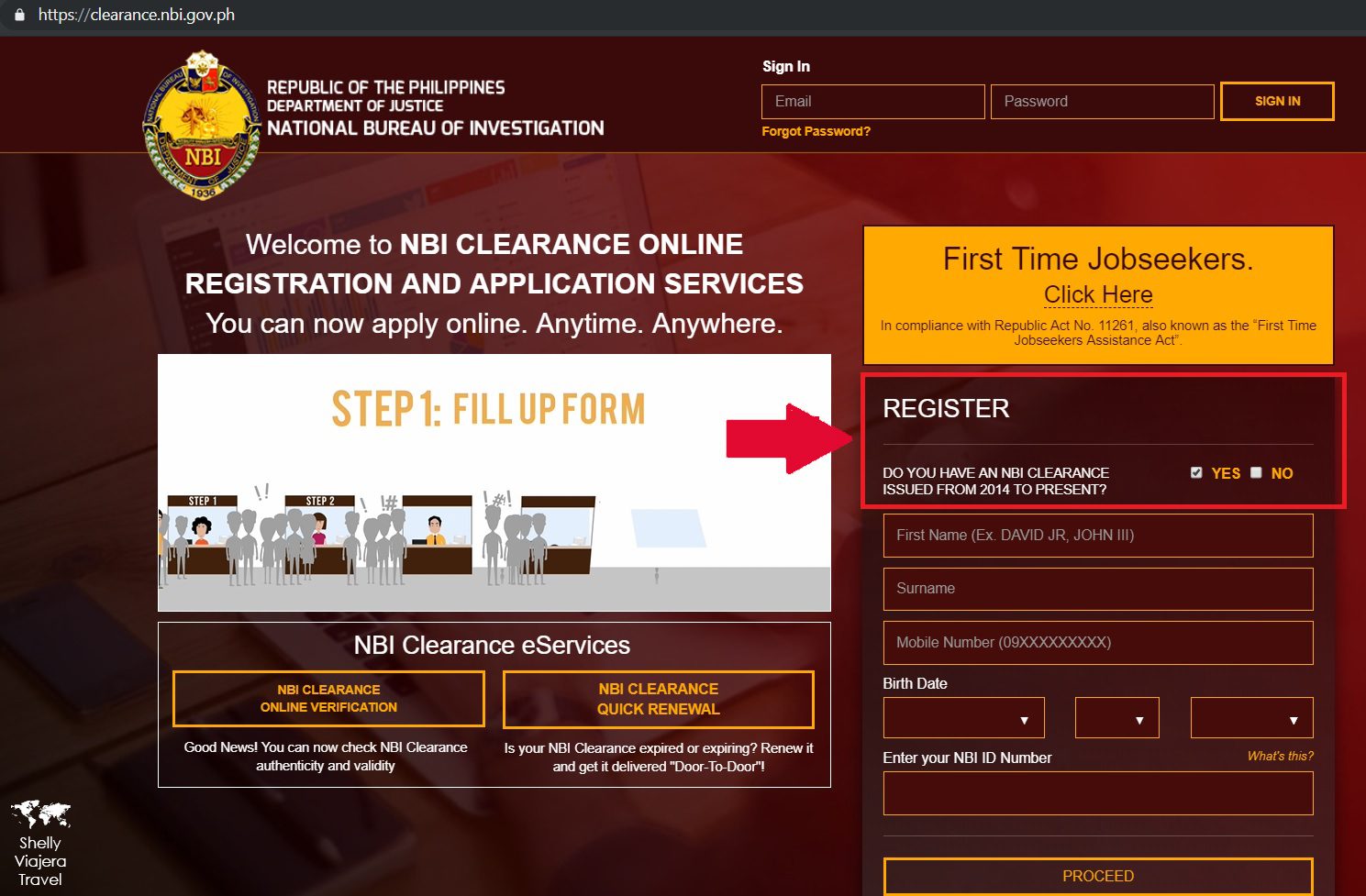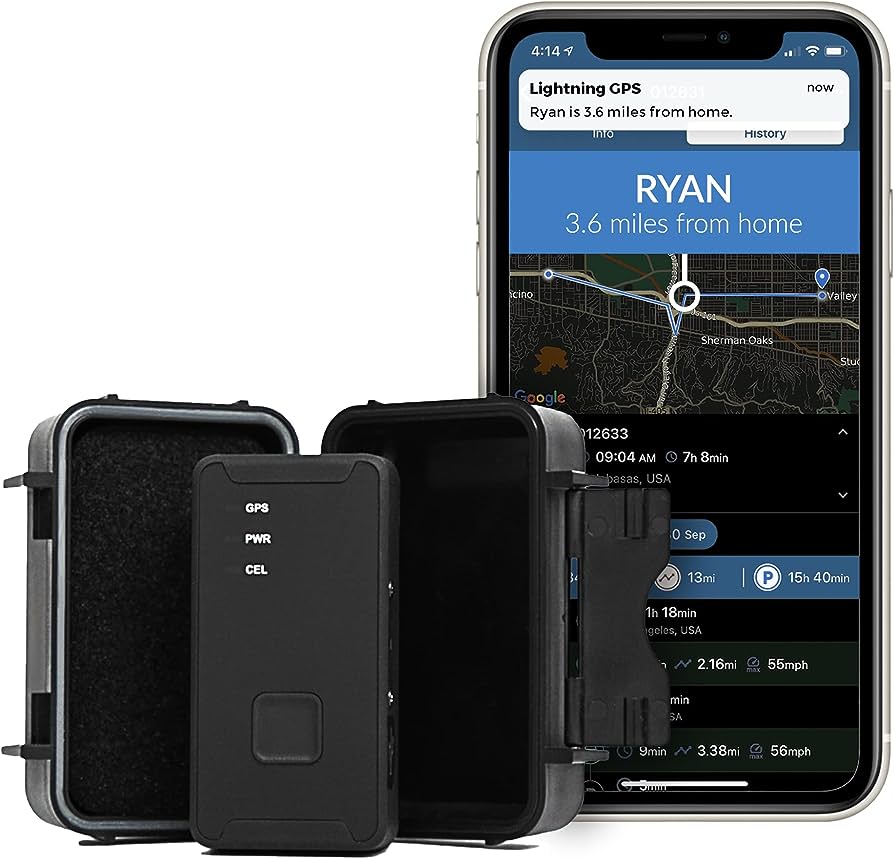Track a vessel by using online vessel tracking platforms such as MarineTraffic or VesselFinder, which provide real-time tracking information using AIS technology. These platforms allow you to search for specific vessels or browse through live vessel movements on a map.
By inputting the vessel’s name, IMO number, or MMSI number, you can instantly track its current position, route, speed, and other relevant details. Simply visit these websites and enter the vessel’s identification information to get accurate and up-to-date tracking information.
Vessel tracking has become essential for maritime industries, shipping companies, and maritime enthusiasts to monitor the movements of vessels worldwide.
The Importance Of Vessel Tracking
Track vessel effectively with vessel tracking systems, enabling real-time monitoring of location, speed, and status. Enhance maritime operations with accurate vessel tracking for improved efficiency, security, and decision-making.
Understanding The Need For Vessel Tracking:
Vessel tracking has become an indispensable tool in the maritime industry. Being able to monitor and track vessels in real-time offers numerous benefits, from optimizing logistics operations to ensuring the safety of maritime activities. Understanding the need for vessel tracking involves recognizing the challenges faced by the industry and grasping the technological advancements that have made tracking possible.
To delve deeper into this topic, let’s explore the benefits of tracking vessels.
Exploring The Benefits Of Tracking Vessels:
Tracking vessels brings a multitude of advantages, transforming the way maritime operations are conducted and managed. Here are some key benefits to consider:
- Enhanced operational efficiency: Vessel tracking enables companies to have a clear understanding of the location and status of their fleet at any given moment. This information allows for improved planning and coordination, optimizing routes, reducing fuel consumption, and minimizing the risk of delays.
- Real-time visibility and control: With vessel tracking, stakeholders can access real-time data regarding the position, speed, and heading of vessels. This information empowers companies to make informed decisions promptly, respond proactively to any unforeseen circumstances, and allocate resources efficiently.
- Increased security and safety: Vessel tracking significantly contributes to maritime safety. By monitoring vessels, operators can mitigate risks associated with piracy, unauthorized access, and accidents. In case of emergencies, tracking systems provide precise location data, facilitating rescue operations and preventing potential disasters.
- Compliance with regulations: The maritime industry is subject to various regulations and standards aimed at ensuring safety, environmental protection, and security. Vessel tracking systems help companies comply with these requirements by providing accurate information on vessel activities, emissions, and adherence to prescribed routes.
- Cargo tracking and transparency: Tracking systems not only monitor the vessel itself but also the cargo it carries. This feature allows for easy tracking of shipments, ensuring transparency and accountability throughout the supply chain. Customers and stakeholders gain confidence in the reliability and timely delivery of goods.
How Vessel Tracking Aids In Maritime Safety:
Vessel tracking plays a crucial role in maintaining maritime safety. By providing real-time information and situational awareness, vessel tracking systems contribute to the prevention of accidents and the prompt response to emergencies. Here’s how vessel tracking aids in safety:
- Collision avoidance: Vessel tracking allows operators to identify potential collision risks, enabling timely communication and strategic maneuvering to avoid accidents on busy waterways.
- Search and rescue operations: In case of distress signals or emergencies, vessel tracking aids search and rescue teams by providing accurate location data, minimizing response time and increasing the chances of a successful rescue.
- Monitoring navigational hazards: Tracking systems help identify and track hazardous zones, such as shallow water areas, reefs, or ice formations. By avoiding these obstacles, vessels can navigate safely and reduce the risk of accidents.
- Security and anti-piracy measures: Tracking systems assist in the prevention and detection of maritime piracy and unauthorized activities. Real-time vessel monitoring enables rapid intervention by security forces and supports the implementation of effective countermeasures.
Vessel tracking plays a pivotal role in the maritime industry, offering a wide range of benefits. From optimizing operational efficiency to ensuring safety and compliance with regulations, tracking vessels has become essential for companies operating in the maritime domain. With advanced technology and real-time tracking systems, the industry can embrace enhanced efficiency, transparency, and security.
Types Of Vessel Tracking Systems
Vessel tracking systems enable easy and accurate monitoring of vessel locations in real-time. These systems use GPS technology to provide valuable data on vessel movements, helping to enhance safety and streamline operations for various marine industries.
Ais (Automatic Identification System) Technology:
- AIS technology is widely used in vessel tracking systems to enhance the safety and efficiency of maritime traffic.
- This system relies on VHF (very high frequency) radio waves to exchange information between vessels and shore-based stations.
- It provides real-time data on vessel positions, speed, and navigation status, allowing for better coordination and collision avoidance.
- AIS technology is mandatory for all vessels over a certain size and plays a crucial role in maritime surveillance and management.
- With AIS, vessels can be tracked with high accuracy and reliability, improving safety at sea.
Satellite-Based Tracking Systems:
- Satellite-based tracking systems utilize a network of satellites to track vessel positions and movements across the globe.
- These systems rely on GPS (Global Positioning System) technology to determine the exact location of a vessel.
- Satellite-based tracking offers global coverage, allowing vessels to be tracked even in remote areas or open oceans.
- It provides real-time updates on vessel positions, speed, and course, enabling better operational planning and monitoring.
- This technology is commonly used in maritime surveillance, piracy prevention, and search and rescue operations.
Radar And Sonar Systems:
- Radar and sonar systems are traditional but still crucial tools for vessel tracking.
- Radar uses radio waves to detect and track vessels by measuring the time it takes for the waves to bounce back from the target.
- Sonar, on the other hand, relies on acoustic waves (sound waves) to detect underwater vessels and objects.
- Radar and sonar systems are effective in situations where other tracking methods may be limited, such as poor visibility or underwater tracking needs.
- These systems are widely used in various maritime applications, including navigation, collision avoidance, and search operations.
Vessel tracking systems encompass various technologies such as AIS, satellite-based tracking, radar, and sonar systems. Each technology brings its own advantages and plays a crucial role in improving maritime safety, efficiency, and surveillance. Whether it’s through real-time data exchange, satellite coverage, or radar detection, these systems contribute to a better understanding of vessel movements and enable effective tracking capabilities.
Choosing The Right Vessel Tracking System
Track vessels effectively with the right vessel tracking system. Stay updated on vessel locations and movements for efficient maritime operations.
Finding the perfect vessel tracking system for your maritime operation can be a daunting task. With so many options available in the market, it’s crucial to choose a system that meets your specific requirements. To help you make an informed decision, here are some factors to consider when selecting a tracking system:
- Coverage: Ensure that the tracking system you choose provides comprehensive global coverage. This will enable you to monitor vessels no matter where they are in the world, giving you complete visibility of your fleet’s activities.
- Real-time Tracking: Look for a system that offers real-time tracking capabilities. This means you can monitor vessel positions and movements as they happen, allowing you to make timely and informed decisions.
- Data Accuracy: The accuracy of the tracking data is vital for making reliable business decisions. Choose a system that has a proven track record of providing accurate and up-to-date information.
- Customization: Different maritime operations have different tracking needs. Ensure that the system you select allows for customization, enabling you to tailor the tracking parameters to match your specific requirements.
- User Interface: A user-friendly interface is essential to ensure ease of use and efficient operation. Look for a system that offers an intuitive and visually appealing interface, making it easy for you and your team to navigate and interpret the tracking data.
Understanding the limitations and capabilities of different systems:
- Satellite vs. AIS Tracking: There are two primary types of vessel tracking systems – satellite-based and AIS (Automatic Identification System) based. Satellite tracking provides global coverage, but it can be costly and usually offers limited data updates. On the other hand, AIS tracking utilizes terrestrial and satellite-based networks to provide near-real-time data but is limited to vessels equipped with AIS transponders.
- Additional Features: Some tracking systems offer additional features beyond the basic vessel position tracking. These may include weather overlays, route planning tools, and historical playback capabilities. Consider if these additional features align with your operational needs.
Evaluating cost-effectiveness and scalability:
- Cost: Assess the costs associated with the vessel tracking system, including hardware, installation, and ongoing subscription fees. Strike a balance between the capabilities offered and your budgetary constraints.
- Scalability: Consider the scalability of the system, especially if you plan to expand your fleet in the future. Ensure that the tracking system can accommodate the desired number of vessels without compromising its performance.
By considering these factors, understanding the limitations and capabilities of different systems, and evaluating cost-effectiveness and scalability, you can confidently choose the right vessel tracking system for your maritime operations.
Implementing Vessel Tracking: Step-By-Step
Learn how to track vessels step-by-step with our comprehensive guide. Discover the tools and techniques necessary to implement vessel tracking effectively and efficiently.
Assessing Your Tracking Requirements
- Identify the purpose of vessel tracking: Determine why you need vessel tracking. Is it for security, operational efficiency, or compliance?
- Determine the scope of tracking: Decide whether you want to track a single vessel or a fleet of vessels.
- Consider tracking features: Assess the necessary features such as real-time tracking, geofencing, and historical data analysis.
- Evaluate your budget: Consider the cost of the tracking system and ongoing maintenance.
- Research tracking options: Explore different tracking systems available in the market and compare their features, cost, and customer reviews.
Acquiring And Installing The Necessary Equipment
- Select the appropriate tracking equipment: Based on your requirements, choose the right hardware, such as GPS devices, satellite communication systems, or Automatic Identification Systems (AIS).
- Ensure compatibility: Verify that the selected equipment is compatible with the vessel’s infrastructure and communication systems.
- Purchase reliable equipment: Invest in high-quality equipment that can withstand harsh marine conditions and provide accurate tracking data.
- Install the tracking equipment: Follow the manufacturer’s instructions to correctly install the tracking devices on the vessel, considering factors like antenna placement and power supply.
Configuring The Tracking System For Optimal Performance
- Set up tracking parameters: Define the frequency and interval for data transmission based on your tracking needs.
- Configure alerts and notifications: Establish alerts for specific events like geozone breaches, engine failure, or unauthorized access.
- Test the tracking system: Before deployment, conduct thorough testing to ensure the tracking system is functioning correctly and accurately.
- Optimize data transmission: Adjust data transfer settings to balance real-time tracking requirements and minimize satellite or data costs.
- Train users: Provide training to vessel operators on how to use the tracking system effectively and interpret the data.
Remember, assessing your tracking requirements, acquiring and installing the necessary equipment, and configuring the tracking system for optimal performance are essential steps in implementing vessel tracking. By following these steps, you can ensure efficient tracking, better operational control, and improved safety for your vessels.
Overcoming Challenges In Vessel Tracking
Track vessels efficiently by overcoming challenges in vessel tracking. Stay informed about vessel locations, routes, and ETA in real-time for effective maritime operations.
Vessel tracking plays a crucial role in maritime operations, providing real-time information on ship locations, routes, and conditions. However, like any technology, it comes with its own set of challenges. In this section, we’ll explore three common hurdles and discuss strategies to overcome them: dealing with signal loss or interference, handling data overload and filtering, and managing privacy and security concerns.
Dealing With Signal Loss Or Interference:
- Limited satellite coverage in certain regions: Some areas, particularly those with challenging terrain or high latitudes, may experience signal loss or poor reception.
- Vessel structural obstacles: Structures on ships, such as cranes or containers, can obstruct signals, leading to intermittent tracking data.
- Atmospheric interference: Weather conditions or atmospheric phenomena, like solar flares, can disrupt satellite signals, resulting in temporary loss of tracking accuracy.
To address these challenges:
- Invest in alternative tracking methods: Consider utilizing additional tracking technologies, such as Automatic Identification System (AIS) and Long Range Identification and Tracking (LRIT), which may provide more reliable coverage in certain regions or under challenging conditions.
- Optimize antenna placement: Ensure the vessel’s tracking antenna is installed in an optimal position, away from obstructions, to minimize signal loss.
- Employ signal amplification: Install signal amplifiers or repeaters to boost signal strength and compensate for any signal degradation caused by obstacles or atmospheric interference.
Handling Data Overload And Filtering:
- Data volume from multiple sources: Vessels generate vast amounts of data from various sources, including sensors, on-board systems, and external providers.
- Relevant data extraction: Filtering out essential information from the abundance of data can be a challenging task.
- Real-time data processing: The need for timely analysis and decision-making requires efficient real-time data processing capabilities.
To tackle these challenges:
- Implement data management systems: Utilize data management systems that can handle large volumes of data, provide real-time processing, and extract relevant information.
- Define data parameters: Establish specific criteria and filters to separate important data from the noise, focusing on relevant attributes such as vessel location, speed, and heading.
- Utilize analytics tools: Employ advanced analytics tools to process and interpret the filtered data, enabling meaningful insights for vessel tracking and operational optimization.
Managing Privacy And Security Concerns:
- Data confidentiality: Protecting sensitive vessel tracking data from unauthorized access or misuse.
- Cybersecurity risks: Preventing potential cyber threats that could compromise vessel tracking systems and expose critical information.
- Legal compliance: Adhering to regulations regarding the collection, storage, and sharing of vessel tracking data.
To address these concerns:
- Implement strong encryption: Secure data transmission and storage through robust encryption mechanisms to prevent unauthorized access.
- Maintain access controls: Implement strict access controls and user authentication protocols to ensure only authorized personnel can access and administer vessel tracking systems.
- Regular security audits: Conduct routine security audits to identify vulnerabilities, assess risks, and proactively address any potential cybersecurity threats.
- Comply with regulations: Stay updated with relevant maritime regulations and ensure adherence to data privacy laws, such as the General Data Protection Regulation (GDPR) or applicable national regulations.
By tackling signal loss or interference, handling data overload and filtering efficiently, and managing privacy and security concerns effectively, maritime operators can overcome the challenges associated with vessel tracking. Successful implementation of these strategies ensures the availability of accurate and reliable tracking data, leading to enhanced safety, operational efficiency, and informed decision-making in the maritime industry.
Real-Time Vessel Tracking Applications
Track vessels in real-time with advanced vessel tracking applications. Stay updated on the precise location and movement of vessels using user-friendly interfaces and comprehensive data feeds. Simplify logistics, increase operational efficiency, and enhance safety with cutting-edge vessel tracking technology.
Tracking vessels in real-time has become crucial for optimizing fleet management, enhancing maritime operations, and improving port and shipping logistics. With advanced technologies and data-driven solutions, vessel tracking applications offer valuable insights and benefits across various aspects of the maritime industry.
In this section, we will explore three key areas where real-time vessel tracking applications are making a significant impact.
Fleet Management And Optimization:
- Ensure efficient route planning and navigation by monitoring vessel positions and movements in real-time.
- Optimize fuel consumption and reduce emissions by identifying the most fuel-efficient routes and monitoring vessel speed.
- Monitor vessel performance and maintenance needs to ensure optimal functionality and reduce downtime.
- Improve safety by identifying potential hazards, such as inclement weather or route congestion, and enabling proactive measures.
Predictive Analytics For Maritime Operations:
- Analyze historical and real-time data to identify patterns, predict vessel behavior, and anticipate potential issues.
- Optimize scheduling and resource allocation based on predicted arrival times and vessel availability.
- Improve port operations by predicting docking and unloading times, reducing wait times and congestion.
- Enhance decision-making by providing actionable insights based on predictive analytics, leading to more efficient operations.
Enhancing Port And Shipping Logistics:
- Improve cargo tracking and traceability by monitoring vessel positions and providing real-time updates on shipment status.
- Enable better coordination between ports, shipping companies, and customs authorities for smoother clearance processes.
- Reduce idle times and optimize berth utilization by facilitating efficient vessel arrival and departure management.
- Enhance supply chain visibility by providing stakeholders with accurate and up-to-date information on vessel locations and ETA.
These real-time vessel tracking applications empower stakeholders in the maritime industry to make informed decisions, optimize operations, and ensure efficient and sustainable shipping. By harnessing the power of data and advanced technologies, vessel tracking applications pave the way for a more connected and efficient maritime ecosystem.
So, whether it’s optimizing fleet management and route planning, leveraging predictive analytics for operational efficiency, or enhancing port and shipping logistics, real-time vessel tracking applications offer immense value and transformative capabilities for the maritime industry. Embracing these technologies can lead to improved efficiency, cost savings, and enhanced safety, making it a vital aspect of modern maritime operations.
Future Trends In Vessel Tracking
Discover future trends in vessel tracking and learn how to effectively track vessels with advanced technologies and real-time monitoring capabilities. Stay ahead of the game and harness the power of accurate vessel tracking to optimize operations and increase efficiency.
Advances in satellite technology:
- Satellites play a crucial role in vessel tracking, providing real-time data on the location and movement of ships. As technology continues to advance, we can expect the following developments:
- Higher resolution imagery: Satellites will capture even more detailed images, allowing for better tracking and identification of vessels.
- Enhanced coverage: Satellites will be able to cover larger areas and provide comprehensive tracking capabilities, even in remote regions.
- Reduced latency: Faster transmission of data from satellites to ground stations will minimize delays in vessel tracking.
Integration with IoT and blockchain:
- The Internet of Things (IoT) and blockchain technology have the potential to revolutionize vessel tracking by enabling seamless integration and secure data sharing:
- Sensor networks: IoT sensors installed on vessels will transmit real-time data on various parameters like location, temperature, cargo status, and engine health, enhancing the accuracy and reliability of vessel tracking.
- Immutable and transparent records: Blockchain technology will ensure that tracking data is securely stored and tamper-proof, enhancing trust and accountability in the industry.
- Automated processes: Integration with IoT and blockchain will enable automated data collection, verification, and sharing, reducing manual effort and improving efficiency in vessel tracking.
Predictive maintenance and AI-powered tracking:
- Leveraging AI and predictive maintenance techniques will revolutionize vessel tracking by enabling proactive monitoring and efficient maintenance of ships:
- Data-driven insights: AI algorithms will analyze vast amounts of data from sensors and historical records to identify patterns and anomalies, predicting potential faults or failures in advance.
- Condition-based maintenance: AI-powered tracking systems will enable predictive maintenance schedules based on the actual condition of ship components, reducing downtime and increasing operational efficiency.
- Real-time decision-making: AI algorithms will provide instant alerts and recommendations based on real-time tracking data, empowering stakeholders to make informed decisions promptly.
As the maritime industry progresses, these future trends in vessel tracking hold immense potential to enhance safety, optimize operations, and improve overall efficiency. By leveraging advances in satellite technology, integrating with IoT and blockchain, and adopting predictive maintenance and AI-powered tracking, the industry can pave the way for a more connected, secure, and proactive approach to vessel tracking.

Credit: fulcrum-maritime.groupcls.com
Case Studies: Successful Vessel Tracking Implementations
This short description highlights the success of vessel tracking implementations through case studies. It provides insights into effective ways of tracking vessels, offering practical solutions for maritime industry professionals.
Examining Real-World Examples Of Vessel Tracking In Action
- The implementation of vessel tracking systems has revolutionized the maritime industry, enabling precise location monitoring, improving efficiency, and enhancing safety. Let’s explore some case studies that demonstrate successful vessel tracking implementations.
- In the first case, Oceanic Shipping, a leading global shipping company, implemented a state-of-the-art vessel tracking system across its fleet of cargo ships. This implementation allowed the company to monitor real-time vessel positions, track routes, and optimize shipping schedules. As a result, Oceanic Shipping experienced a significant reduction in transit time, fuel consumption, and overall operational costs.
- Another notable case study revolves around Polar Marine, an Arctic expedition cruise company. By integrating vessel tracking technology into their operations, Polar Marine ensured the safety of their passengers and crew in the challenging Arctic environment. The tracking system provided essential data on ice conditions, allowing the company to navigate safely and avoid potential hazards. Additionally, this technology enhanced customer experience by enabling passengers to view and share their voyage progress in real-time.
- The third case study focuses on Seascape Fishing, a commercial fishing fleet based in the Pacific. By implementing vessel tracking systems, Seascape Fishing achieved improved traceability, compliance with fishing quotas, and accountability in its operations. The real-time tracking data allowed the company to optimize fishing routes, identify areas with high fish concentration, and reduce illegal fishing activities. As a result, Seascape Fishing experienced increased profitability and sustainability in their fishing practices.
- Finally, Caribbean Cruise Lines utilized vessel tracking technology to monitor its luxury cruise ships, enhancing guest safety and satisfaction. The tracking system provided onboard staff with real-time location information, enabling rapid response in potential emergency situations. Moreover, passengers could access the tracking data via mobile applications, allowing them to explore ports of call and plan their activities ashore more efficiently.
Lessons Learned And Best Practices From Industry Leaders
- Collaboration and Communication:
- Foster teamwork and open communication between relevant stakeholders, including ship operators, technology providers, and regulatory bodies. This ensures successful implementation and utilization of vessel tracking systems.
- Tailored Solutions for Different Needs:
- Identify specific requirements and challenges within each segment of the maritime industry and customize vessel tracking solutions accordingly. Understanding the unique needs of commercial shipping, fishing fleets, cruise lines, and other sectors allows for optimal utilization of tracking technology.
- Integration with Other Systems:
- Seamlessly integrate vessel tracking systems with other existing technologies, such as Electronic Chart Display and Information Systems (ECDIS) and Fleet Management Systems (FMS). This integration maximizes the effectiveness of tracking data and streamlines overall operational efficiency.
- Training and Familiarization:
- Ensure comprehensive training and familiarization programs for crew members and staff involved in using vessel tracking systems. This promotes user adoption, reduces errors, and maximizes the benefits of the technology.
- Embracing Innovation:
- Stay up-to-date with emerging technologies such as Automatic Identification System (AIS) advancements, satellite-based tracking, and Internet of Things (IoT) applications. Continuously exploring and adopting innovative solutions further enhances vessel tracking capabilities.
By studying these successful case studies and implementing the lessons and best practices shared by industry leaders, organizations can harness the power of vessel tracking systems to optimize operations, ensure safety, and drive overall success in the maritime industry.
Frequently Asked Questions On How To Track Vessel
Is There A Free App For Vessel Tracking?
Yes, there are free vessel tracking apps available for tracking ships and boats.
Is It Possible To Track A Ship?
Yes, it is possible to track a ship using various tracking systems and technologies available.
What Is The Best Vessel Tracking Site?
The best vessel tracking site is determined by individual preferences, but popular options include MarineTraffic, VesselFinder, and FleetMon.
Which Device Is Used To Track The Location Of A Vessel?
A device called a GPS tracker is used to track the location of a vessel.
Conclusion
Tracking vessels has become an essential tool in the maritime industry, enabling businesses to streamline operations and enhance efficiency. By utilizing advanced technologies such as AIS (Automatic Identification System) and satellite tracking systems, vessel owners and operators can now monitor their ships’ positions in real-time, track their routes, and monitor their performance metrics.
This level of visibility allows for better planning, increased safety, and improved decision-making. Moreover, vessel tracking provides valuable insights into vessel utilization, fuel consumption, and maintenance schedules, enhancing cost savings and operational effectiveness. With the advent of data analytics and machine learning, vessel tracking systems are becoming more intelligent, providing predictive insights and alerts for potential risks or delays.
As the world continues to rely on maritime transportation for global trade, vessel tracking technology will play a crucial role in ensuring the smooth and efficient movement of goods across the seas. By harnessing the power of vessel tracking, businesses can gain a competitive edge, optimize their logistics, and navigate the complexities of the maritime industry with ease.
- What Is the 11 Hour Limit: A Comprehensive Guide - June 7, 2024
- What Happens if You Drive on a Suspended License in Virginia - June 7, 2024
- Wilcox Justice Court Overview: Online Services & Legal Proceedings - June 6, 2024




